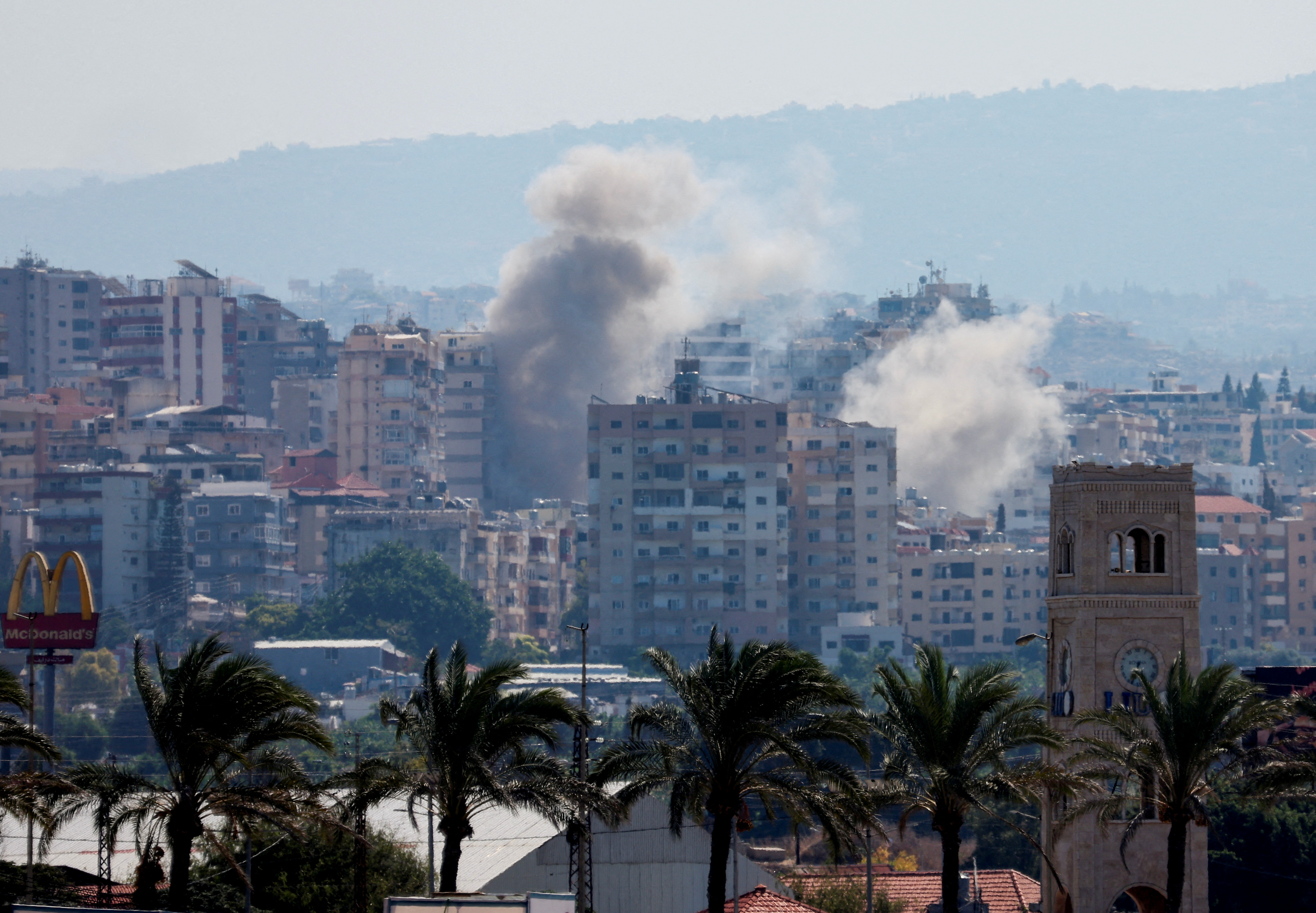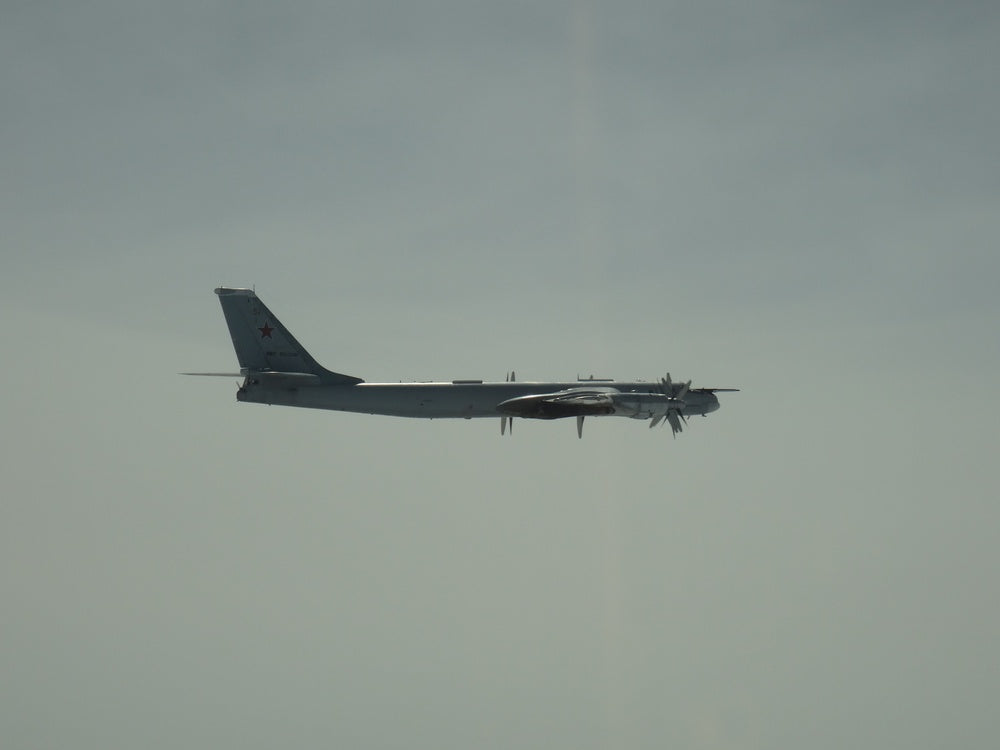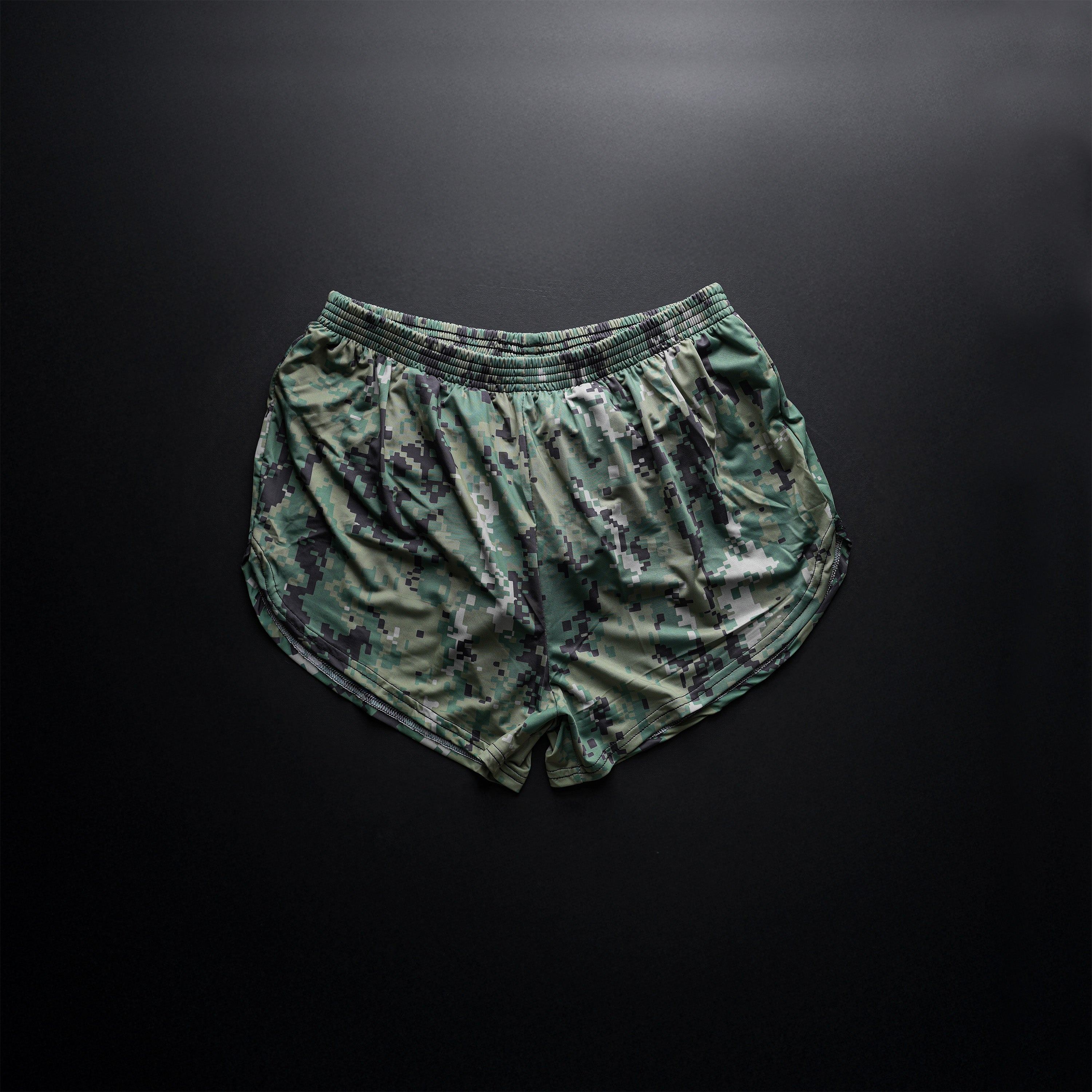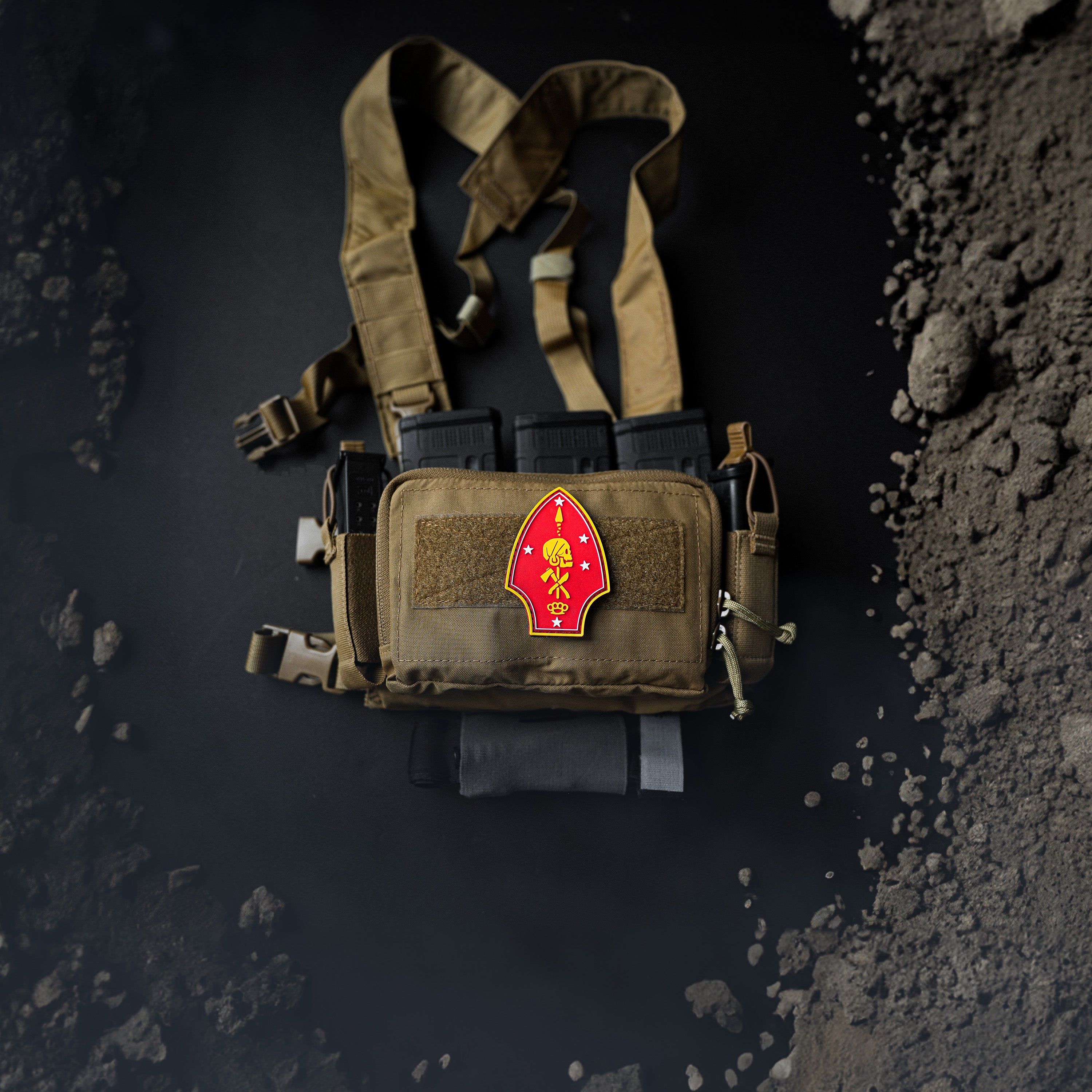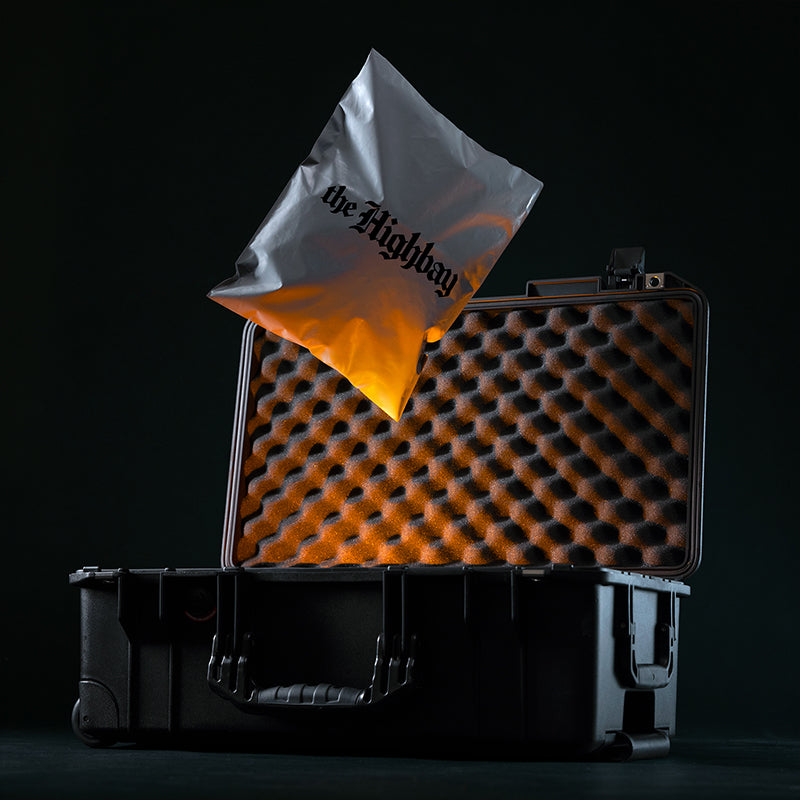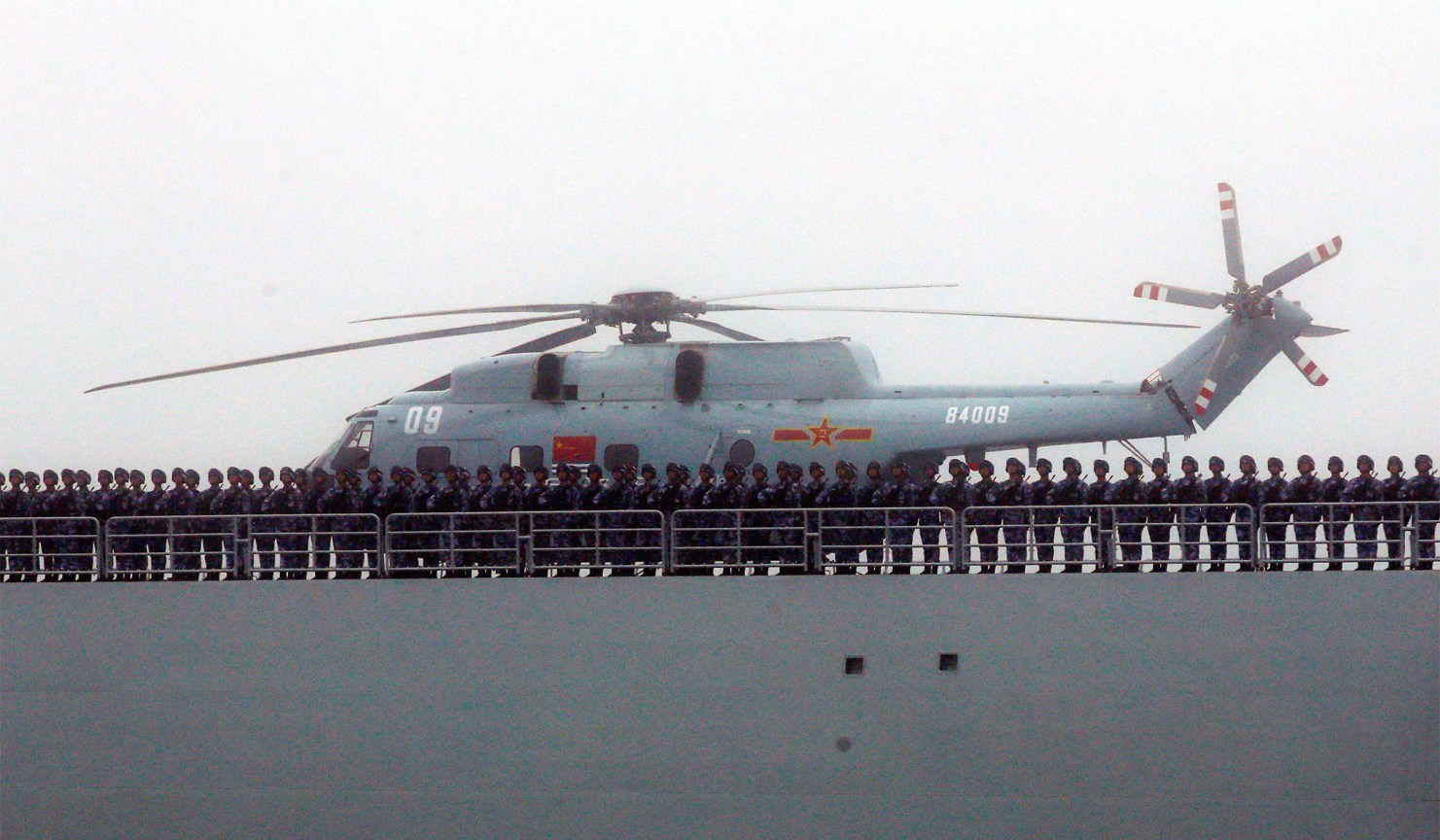
Philippines says its aircraft shadowed by Chinese navy helicopter during patrol
PHOTO CAPTION: Soldiers stand next to a helicopter on the Chinese Navy landing ship Wutaishan during a naval parade off the eastern port city of Qingdao to mark the 70th anniversary of the founding of Chinese People's Liberation Army Navy, April 23, 2019. (Reuters)
By Karen Lema
MANILA (Reuters) - The Philippines said on Wednesday its fisheries bureau aircraft was shadowed and approached by a Chinese navy helicopter while on patrol near the disputed Scarborough Shoal, in another face-off between two countries locked in a bitter row over territory.
The Philippine National Security Council (NSC) said the incident took place on Monday and its aircraft was still able to complete its mission.
It was the latest in the series of air and sea encounters between the two countries that have sparred over contested areas of the South China Sea, including the Scarborough Shoal, one of Asia's most contested features, which has been occupied by China's coast guard for more than a decade.
China's actions violated air safety regulations, the NSC said in a statement. China's embassy in Manila did not immediately respond to a request for comment on the Philippines' account of the incident.
Based on its interpretation of old maps, China claims almost the entire South China Sea, including the Scarborough Shoal, coveted for its bountiful fish stocks and a stunning turquoise lagoon.
The shoal, named after a British vessel that got stuck there centuries ago, is located 200 km (124 miles) off the Philippines, inside its exclusive economic zone (EEZ).
A 2016 ruling by the Permanent Court of Arbitration found China's sweeping claims were not supported by international law, a decision Beijing refuses to recognise.
The tribunal did not determine sovereignty over the Scarborough Shoal, which it said was a traditional fishing ground for several countries.
CHINESE 'INTERFERENCE'
Separately, the Philippine defence minister told China on Wednesday to withdraw vessels from its EEZ and accused Beijing of trying to meddle in its defence activities, including its use of a U.S. mid-range missile launcher for training.
Reuters reported last week the United States has no immediate plans to pull out the missile system, which can be equipped with cruise missiles capable of striking Chinese targets.
"China is saying that they are alarmed, but that is interference into our internal affairs," Defence Secretary Gilberto Teodoro told reporters.
"Why don't they lead by example? Destroy their nuclear arsenal. Remove all their ballistic missile capabilities. Get out of the West Philippine Sea, and get out of Mischief reef," he added, referring to the Philippine EEZ and a manmade, militarised island built there by China.
China has expressed concern over the deployment of the Typhon system in the Philippines, accusing Washington of fuelling an arms race.
"The deployment is a move to turn back the wheel of history. It gravely threatens regional countries' security, incites geopolitical confrontation, and has aroused high vigilance and concerns of countries in the region," China's embassy in Manila said on Wednesday, reiterating its call for its withdrawal.
China has its own advanced intermediate-range missiles as part of an extensive conventional ballistic missile arsenal.
On Wednesday, China said it had successfully conducted a rare launch of an intercontinental ballistic missile into the Pacific Ocean, a move likely to raise international concerns about the country's nuclear build-up.
Philippine military chief Romeo Brawner on Wednesday said if he had his way, "I would like to have the Typhons here in the Philippines forever."
(Reporting by Karen Lema; Editing by Martin Petty)



